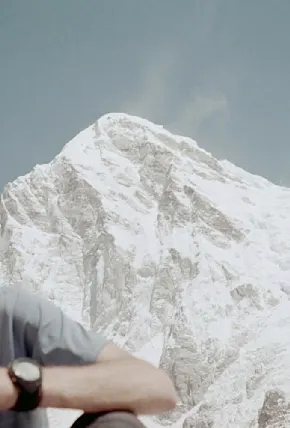Doug Marland is a EMS Climbing School guide and a regular of the Woods. Tim Peck is an avid adventurer based in New Hampshire. Follow them both via The Whites Room, a blog documenting explorations in the White Mountains and beyond.
It might surprise you that some of the best bouldering in New England is in the Ocean State. Located just minutes from Providence, Rhode Island, Lincoln Woods State Park is home to a multitude of classic granite boulder problems that have been challenging rock climbers for years. If you haven’t been to “the Woods,” as locals call it, it's time to put this prime northeast bouldering destination on your tick list.
Climbers have been frequenting the Woods’ coarse granite boulders for almost a hundred years. A 1935 article in the Appalachian Mountain Club’s journal Appalachia titled “Rhode Island, the Rock Climbers’ Paradise” highlighted the climbing in the then-Lincoln Woods Reservation, pointing out that the Woods is for “Boulder climbing almost entirely” and that “a narrow crack about 20 feet high provides the best climb in this Reservation.”

















